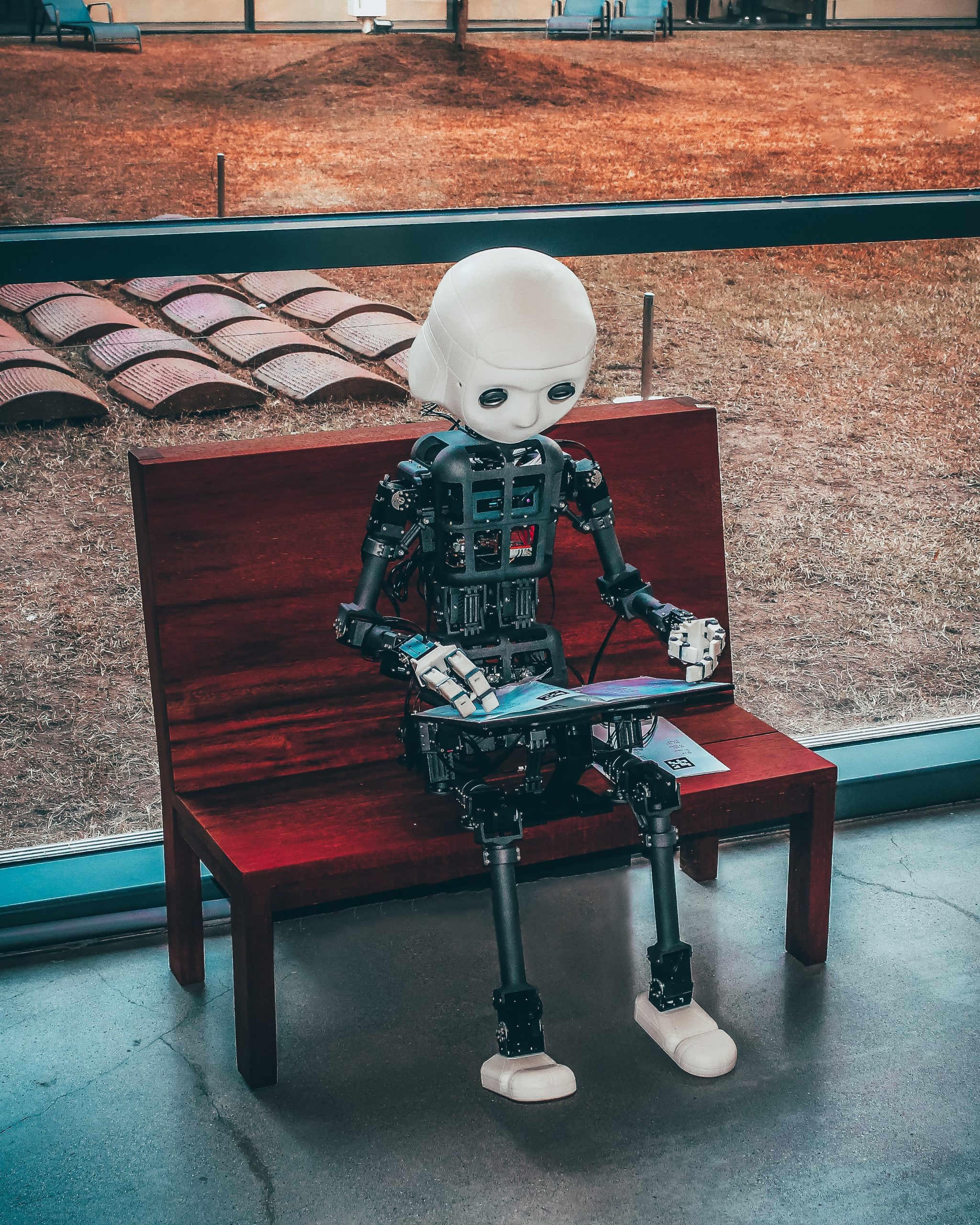Openly collaborative, organized, and functional service process ecosystem paving the way to success in Finnish medical tourism
Keywords: medical tourism, ecosystem, tourism supply chain, tourism service process, service process ecosystem, collaboration in tourism. Medical tourism- tourism or just a health care intervention abroad? Medical tourism is originally derived from health tourism that include travelling outside one’s native health care administrative region for the reconstruction or strengthening of personal health by the means […]
Does Virtual Reality (VR) Travel have the potential to be more?
Does Virtual Reality (VR) Travel have the potential to be more? Retrieved from Forbes.com Due to the pandemic, the global tourism industry had to come to a sudden halt. Even as lockdowns were slowly lifted, travelers were skeptical, and the threat of the virus is still very real. Recently, a second wave has swept across […]
Enhancing customer experience with smart hotel technologies
Have you checked into a hotel using a mobile app? Or maybe the light in your hotel room switched off automatically when you opened the door to leave? These features are only the tip of the iceberg in smart hotels. What are smart hotels? According to Dalgic and Birdir 1, a smart hotel adopts a […]
How to Improve Online Presence of Small Tourism Businesses?
Online information search is a crucial and often overlooked part of today’s consumers’ decision-making, and most of it is done through search engines or social media. The searches on search engines and social media platforms correlate with the visits in destinations[1]. Here I have a look at different research papers considering these subjects, in order […]

How content producers can use AI in digital marketing
Do you want to use AI to create better content? There’s no doubt that content production is getting more complex every day. It’s getting hard to get noticed on social media. Your inbox is packed with repetitive messages, and you must fight against a massive crowd to get people to read your content. And then […]

How Ambient Intelligence can bring value to travel experience?
It is almost a norm in science fiction movies that doors open automatically, rooms know when you are about to enter, and coffee machines can predict when it is time for a hot cuppa. Ambient Intelligence has been a concept for a long time, but only through recent technological advancements, it has become a real […]

How can a chatbot influence the customer experience of your tourism business?
With the constantly ongoing advancements of Industry 4.0, several interconnected developments can be seen affecting both the digital and operational environments of tourism businesses. These so-called Tourism 4.0 innovations refer to Industry 4.0 innovations (Big Data, Internet of Things, Blockchain, Artificial Intelligence etc.) that have been specifically refined to suit the needs of the tourism […]

How a starting tourism business creates customer value by adopting digital marketing technology?
How a new tourism business creates customer value by adopting digital marketing technology? Everybody is online today and everybody is expecting all the noteworthy and legitimate running businesses to be there as well. If the consumer can not find your online presence the chances are your business goes unnoticed. Even worse it builds an image […]

What makes or breaks the content on a good tourism website?
What kind of content works on a top-notch tourism website? What actually engages the visitor to stay on the page longer and better yet -develop a genuine interest towards the company? When a few small things are taken into consideration, it is easier to capture the attention of the visitor. The most important thing to […]
The most important concept in destination marketing?
What is a concept or a term that every destination marketer should know and understand about destination marketing? I think I found it. It is very catchy. A bit marketing-oriented even. Quickly thought, something far-fetched? But coherent and makes a lot of sense when thought more deeply. It gathers up something very wide in one […]